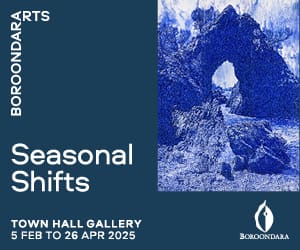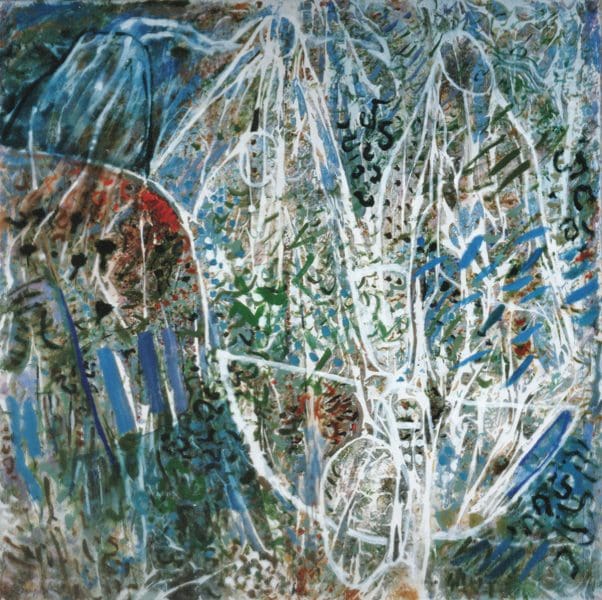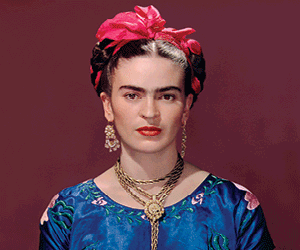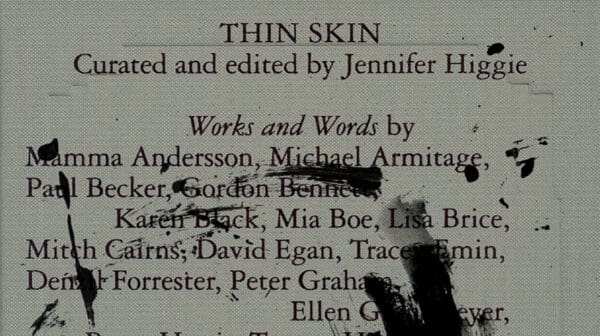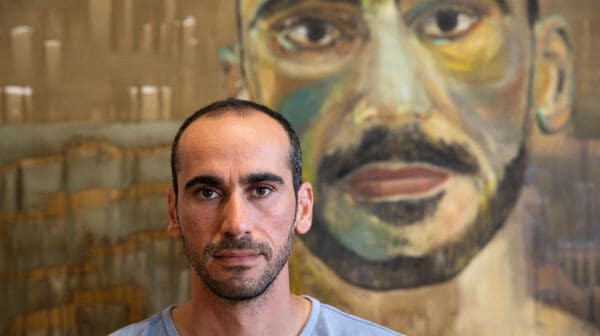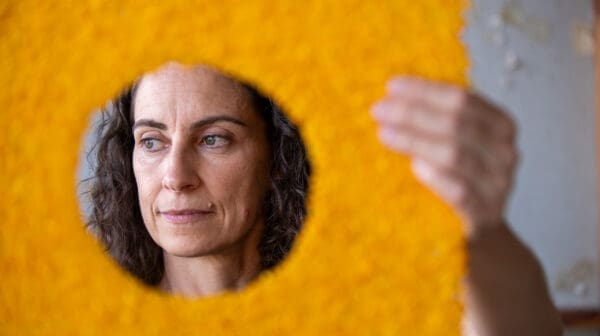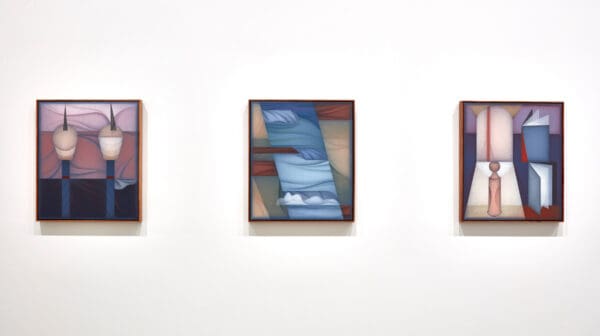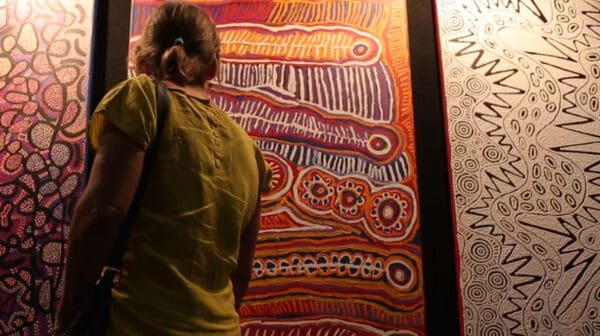
How AI images are ‘flattening’ Indigenous cultures – creating a new form of tech colonialism
It feels like everything is slowly but surely being affected by the rise of artificial intelligence (AI). And like every other disruptive technology before it, AI is having both positive and negative outcomes for society. One of these negative outcomes is the very specific, yet very real cultural harm posed to Australia’s Indigenous populations.

